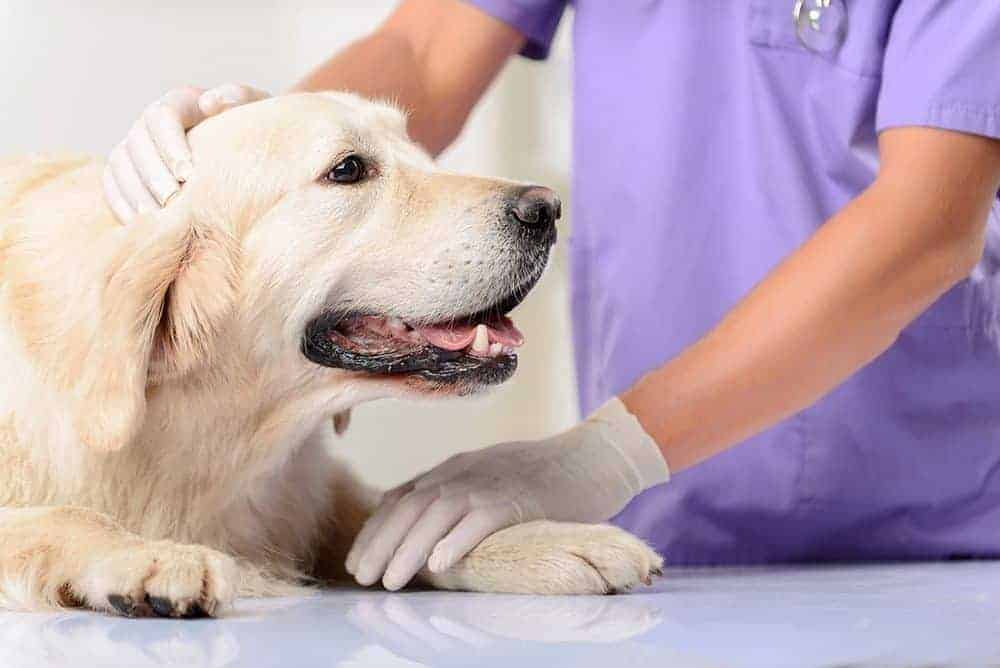
Vaccination is, quite simply, a miracle of modern medicine. Pioneered by English physician and scientist Edward Jenner, who created the first vaccine against smallpox in 1796 – injecting his gardener’s eight-year-old son to test his hypothesis – vaccination has saved more human lives worldwide than any other medical product or procedure over the past 50 years. The same is true for animals. Diseases such as distemper and parvovirus in dogs, feline leukaemia virus in cats and myxomatosis in rabbits were once major killers. Now, thanks to vaccination, all manner of deadly diseases can be controlled.
HOW VACCINES WORK
By introducing an agent similar to the actual infection, this stimulates the animal’s immune system to protect them against disease. Most vaccinations are given in form of an injection, with an initial course of two being required, but the kennel cough vaccine is currently given to dogs via drops administered into the nose.
GETTING THE TIMING RIGHT
The most important thing to understand about vaccination is that it can only be used to prevent infection, and is of little value once an animal begins to develop clinical signs of ill health.
Young animals are particularly susceptible to infections while their immune system is immature, so it’s important to start a vaccination programme early.
Generally, puppies are vaccinated at eight and 10 weeks of age, and kittens at nine and 12, but the timing may vary depending upon the particular vaccine used.
It’s vital to keep young animals protected from contact with disease until the vaccines have a chance to take effect, which is generally around two weeks.
THE 2017 PAW REPORT FACTS
- 25% of dogs, 35% of cats and 50% of rabbits have not had a primary course of vaccinations when young
- 21% of dogs, 46% of cats and 55% of rabbits have not had regular boosters
This amounts to 2.3 million dogs, 3.6 million cats and 550,000 rabbits who are not being protected from serious diseases such as parvovirus, cat flu and myxomatosis.
WHY BOOSTERS ARE NEEDED
Boosters are required because viruses are still present. The only way to continue to protect your dog, cat, rabbits and ferrets against potentially fatal diseases is via regular vaccination top-ups.
The period between boosters varies, depending on the disease being covered, the local risk, and the particular product. Many of the canine and feline diseases require annual boosting, some of the rabies vaccinations only require a booster every three years, and myxomatosis in rabbits should be topped up every six months in areas where the disease is prevalent.
You could ask your vet about vaccine titres as an option for your pet. A titre is a measure of the protective antibodies against a specific disease. If an animal’s antibody titre for parvovirus, for example, is within a required specific range, then they should be safe from that disease without the need for a booster vaccine.
Vets generally advise an annual vaccination review visit, which enables them to check which vaccinations need to be boosted for each individual animal, carry out a thorough general health examination, discuss preventative health care and pick up developing disease problems before they become obvious.
WHAT ABOUT SIDE EFFECTS?
Modern vaccines are effective at protecting pets with a very low risk of side effects. Mild reactions may include an animal being off-colour for a day or two, or tenderness and swelling at the vaccination site. Acute allergic reactions are extremely rare, but if you have any concerns, discuss them with your vet.
EVERY PET OWNER'S DUTY OF CARE
As a pet owner, one of the best things you can do to take care of your animal pal is to take them for regular check-ups and always keep their vaccinations up-to-date. In fact, the health and wellbeing of our pets is protected by law. The Animal Welfare Act of 2007 introduced a duty of care for all pet animals. This includes providing a suitable environment, a suitable diet, the ability to exhibit normal behaviour patterns and protection from pain, suffering, injury and disease. Vaccinations play an essential part of this.
Sources: sciencebasedmedicine.org, pdsa.org.uk, nhs.uk, thekennelclub.org.uk














